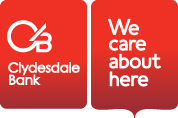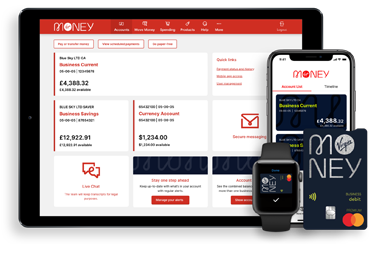How to figure out if your business idea can make money
You’ve got a great idea – but will it make money?
< back to all business news articles
02/06/2017
You’ve had what many people dream of – the ‘light bulb’ moment, and you’ve come up with a great idea for a new business. Congratulations. Hopefully you’ve already done some research and confirmed that there’s a demand for your product or service. Maybe you’ve even got potential customers lined up – and your family and friends think you’re on to a winner – it all sounds great.

But before you start spending money or applying for finance, there’s one more essential step – finding out if your idea will actually make money. Even if you have a fantastic idea and you know people will want to buy it, they might not be willing to pay the price you’d need to make a profit. And if that’s the case, you probably don’t have a viable business after all.
A basic example
Let’s say you want to start a business selling bar stools. Here’s an example of how your break-even calculations might look:
- Cost of each bar stool – you’ve decided that a realistic price to sell them is £200. The labour cost (£60) and materials (£40) come to £100. The difference is your gross margin of £100.
- What you want from the business – you’ve decided on a salary of £80,000 per year, and the overheads for your business come to £20,000. That means you need to make a gross margin on sales of £100,000.
- Sales required – divide the required £100,000 by £100. This comes to 1000, which is the number of bar stools you’ll need to sell each year.
- Weekly average – assuming you’ll take 4 weeks off per year, divide 1000 by 48. Rounding up, that’s 21 bar stools per week. Do you think you can sell that many?
Remember, this is only for calculating your break-even point. It will pay your salary, but there’s no extra profit margin in there to grow your business. Ideally, you want to have a break-even figure that you can realistically exceed and use the profit to grow the business.
Next step – cash flow forecasting
This is a really useful way to check your calculations, because it makes you think carefully about fixed and variable costs. It’ll also give you an idea of how long your business will take to break even, which is important. Very few businesses make money straight away, so you should have funds in place to keep the business going until it breaks even.
You should have a contingency plan in place, should you fail to break even within your planned timeframe. This could be to increase prices, lower overheads, change your product mix, or lower your cost of goods sold. For example, you could shop around to find a reduced rate on the raw materials you need – this would reduce your outgoings and accelerate your journey to break even.
Advice and resources
- Work out your break-even point – our calculator helps you do this.
- Conduct a cash flow forecast – our action plan will help you do this.
- Check out this Entrepreneur blog which highlights the importance of knowing your break-even point.
This blog is not financial advice. The content of the blog is reliable at the time of publishing, but we can’t guarantee it is entirely free from error or omission beyond our knowledge. Links are provided for you to explore, but we have no connection with third party sites or responsibility for their content.
POSTED IN: 2017,Startup
SHARE
Related Articles
You can find impartial information and guidance on money matters on the “MoneyHelper” website.
Clydesdale Bank is covered by the Financial Services Compensation Scheme (FSCS), Find out more.


